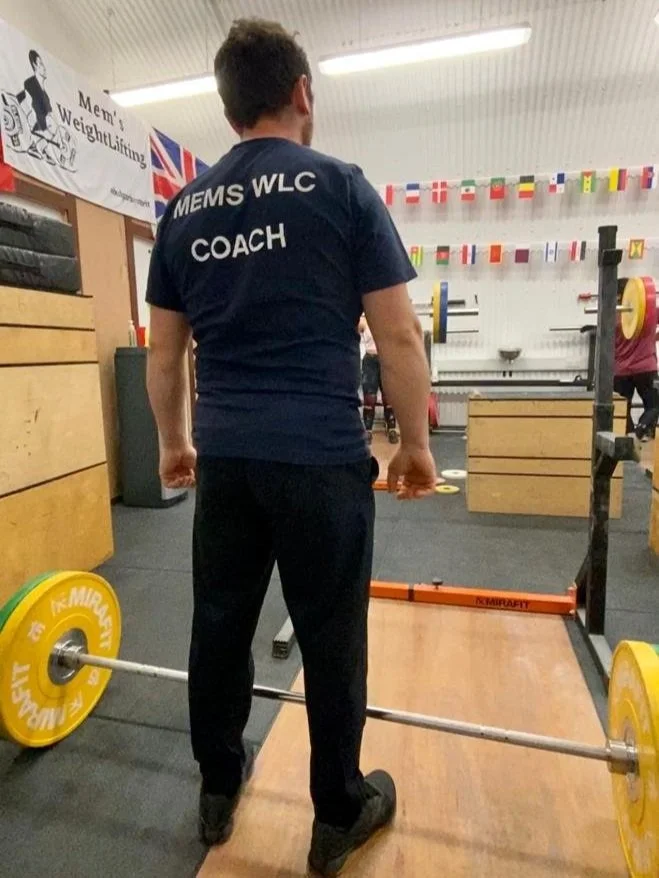Weightlifting tips on building muscle
As one of London’s most respected weightlifting coaches (and a former international competitor) our head coach and gym founder Mem is well placed to answer all the burning questions you have about the Olympic lifts.
In this edition of Mem's Weightlifting Blog, we ask how effective weightlifting is if you're looking to get swole…
Need help with your lifting technique? Looking to build strength? Mem can help with that. Book your session at our Olympic weightlifting gym in London or sign up for a personalised online coaching programme.
Olympic Weightlifting vs Bodybuilding
"The first thing to point out is that the primary goal of a weightlifter is to be able to lift as much weight as possible in the two main Olympic lifts (the snatch and the clean and jerk). It isn't to improve the aesthetics of your physique. In other words, weightlifting is not bodybuilding.”
The Crossover
"That said, weightlifting gives you a very good proportional strength workout. The main movements recruit big muscle groups throughout your whole body; your quads, hamstrings, back, core, shoulders, arms… they work hard every time you snatch and clean and jerk.
"So to get good at weightlifting, your strength needs to be well balanced. To achieve that balance, weightlifters use what some people might regard as ‘bodybuilding exercises’ — accessory movements that build up strength in specific areas of the body. Nordic curls to work the hamstrings for example, or back extensions that strengthen the muscles in your lumbar region.”
Olympic Weightlifting And Building Muscle
"Obviously, when you snatch, clean and jerk and squat regularly alongside these accessory exercises, most athletes will naturally build muscle and develop their physique. Especially if they recover well after each training session and eat the right things (which, for muscle growth means getting enough protein).
“It helps that nearly all weightlifting drills are performed under resistance. In other words, we’re constantly trying to increase our athletes’ strength (we call this the progressive overload principle).
“Take Nordic curls for example. As I mentioned, we programme these as accessory movements to build strength in the hamstrings. When someone is new to weightlifting, they will probably perform a few sets of Nordic curls at bodyweight while they’re getting used to the movement and adapting their range of motion. But once that athlete is able to execute them correctly, we need to start adding weight to increase the hamstrings’ strength capacity. This will then transfer to their Olympic lifts, helping the athlete move heavier loads off the ground (which is the ultimate goal).
“But clearly the hamstrings muscles will grow as a result of this progressive overload. But it’s a by-product, rather than the main focus.
“To sum up, if you want a general, full-body workout that you can perform on a daily basis, weightlifting is perfect. But if you want to develop your physique, you'll probably achieve your goals quicker by following a bodybuilding programme.”
